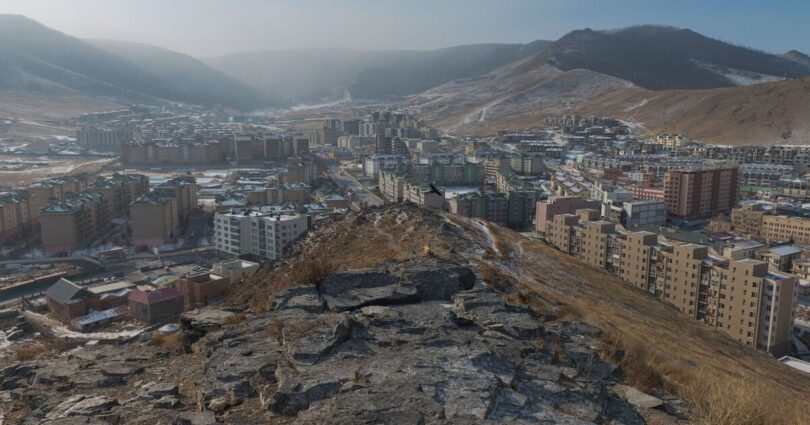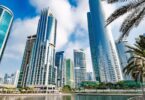Ulaanbaatar, the capital of Mongolia, holds the title of the world’s coldest capital city, with winter temperatures frequently plummeting as low as -40°C and sometimes even as low as -50°C.
Despite the extreme cold, the city faces an environmental paradox – intense air pollution that worsens during the harsh winter months.
Situated at an altitude of 1,350 meters (4,430 feet) above sea level, Ulaanbaatar experiences a subarctic climate, with long, brutal winters and short, warm summers.
The city’s location in a valley surrounded by mountains traps cold air, leading to temperature inversions that make the already harsh winters even more severe.
Unlike other cold capitals such as Moscow or Astana, where modern heating infrastructure is more developed, Ulaanbaatar’s rapid urbanisation and reliance on coal-fired heating contribute to its unique challenges.
While the cold itself is a natural phenomenon, the city’s air pollution crisis is largely human-made.
During winter, Ulaanbaatar becomes one of the most polluted cities in the world. This is mainly due to the heavy use of coal and raw materials for heating in the city’s sprawling « ger » (traditional yurt) districts, home to nearly half of Ulaanbaatar’s 1.6 million residents.
These households rely on burning raw coal and other solid fuels to survive the frigid winter, releasing high levels of particulate matter (PM2.5) into the air.
Temperature inversions – when cold air gets trapped near the surface by a layer of warmer air above – worsen the problem by preventing pollutants from dispersing. As a result, air pollution in Ulaanbaatar can reach levels 100 times higher than the safe limit set by the World Health Organisation (WHO), posing serious health risks.
The combination of extreme cold and hazardous air pollution creates a major public health crisis. Respiratory illnesses, particularly among children and the elderly, skyrocket during winter. Studies have linked air pollution in Ulaanbaatar to increased rates of pneumonia, lung disease, and heart conditions.
Despite government efforts to ban raw coal in 2019 and promote cleaner alternatives like processed coal and electric heating, the problem persists. Many residents cannot afford cleaner energy sources, and infrastructure challenges make it difficult to transition away from coal entirely.
Despite these challenges, life in Ulaanbaatar goes on. Schools and businesses remain open, and residents are accustomed to wearing layers of thick clothing to endure the cold.
Traditional Mongolian diets rich in meat and dairy help provide the necessary calories to survive such harsh conditions.
Ulaanbaatar’s winter festivals, such as the Ice Festival on Khuvsgul Lake and the annual Lunar New Year (Tsagaan Sar) celebrations, showcase the resilience of its people, who have adapted to extreme cold for centuries.
As Mongolia continues to develop, tackling both air pollution and extreme winter survival remains a critical challenge for Ulaanbaatar. For now, however, its residents continue to brave the world’s coldest capital, where temperatures plunge to -50°C—even as the air remains thick with pollution.
Source link








